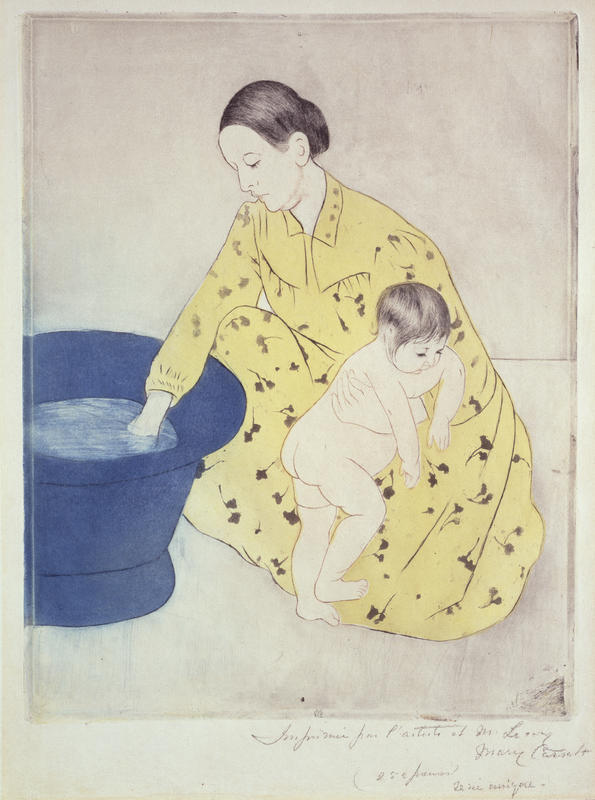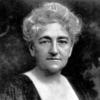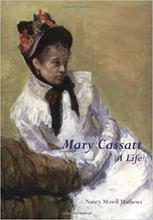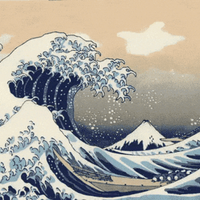More about The Bath
- All
- Info
- Shop
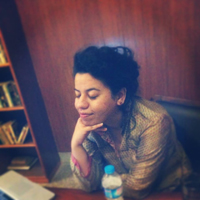
Contributor
Being Mary Cassatt was tough.
See, when you’re a lady of the late 20th century and you like to paint, you don’t have a lot of options as far as subject matter goes. You’re likely stuck indoors with the rest of the homebound wifeys and so inevitably you end up featuring a whole lotta ladies in your work. Mary Cassatt had these issues, but her female subjects weren’t, strictly speaking, from her own home. She would ask friends or models to come over and pose with whatever babies were on hand, for the mother-child portraits.
When someone says mother and child portrait, you instinctively think, “Baby J and Virgin Mary.” Uh-uh, no sir, this isn’t the case with Cassatt’s maternal portraits. How many of you have actually seen baby Jesus in the bath? In this print, Cassatt shows the mom testing the waters and balancing a well-fed baby in the crook of her arm. The baby’s health is important. Babies reflect the country’s image: a healthy baby means a healthy country. No joke, this was a popular belief at the time. Is that why politicians kiss babies that don't belong to them? We may never know.
Cassatt was super influenced by Japanese woodblock prints that she saw in an exhibit in Paris. There were lots of Japanese prints that showed women in the varying stages of bathing, sometimes with their brood. Besides the exotic factor, what made Japanese prints so cool is the fact that they didn’t care about distance or depth in an image. They appear flat. Cassatt employs a similar quality in this print. Also, you just can’t tell whether her models are European or Asian. Kudos to you, Mary, for seeing beyond race…or, er, just not knowing how to paint it. The floral print on mama’s dress is obviously "Oriental" even though the cut is European. It's cute. I'll ask Forever 21 to launch a Japanese woodblock print for next season. One day they'll return my calls.

